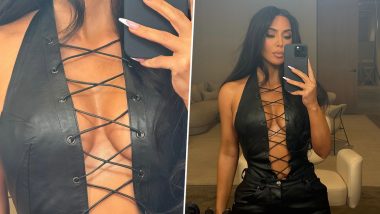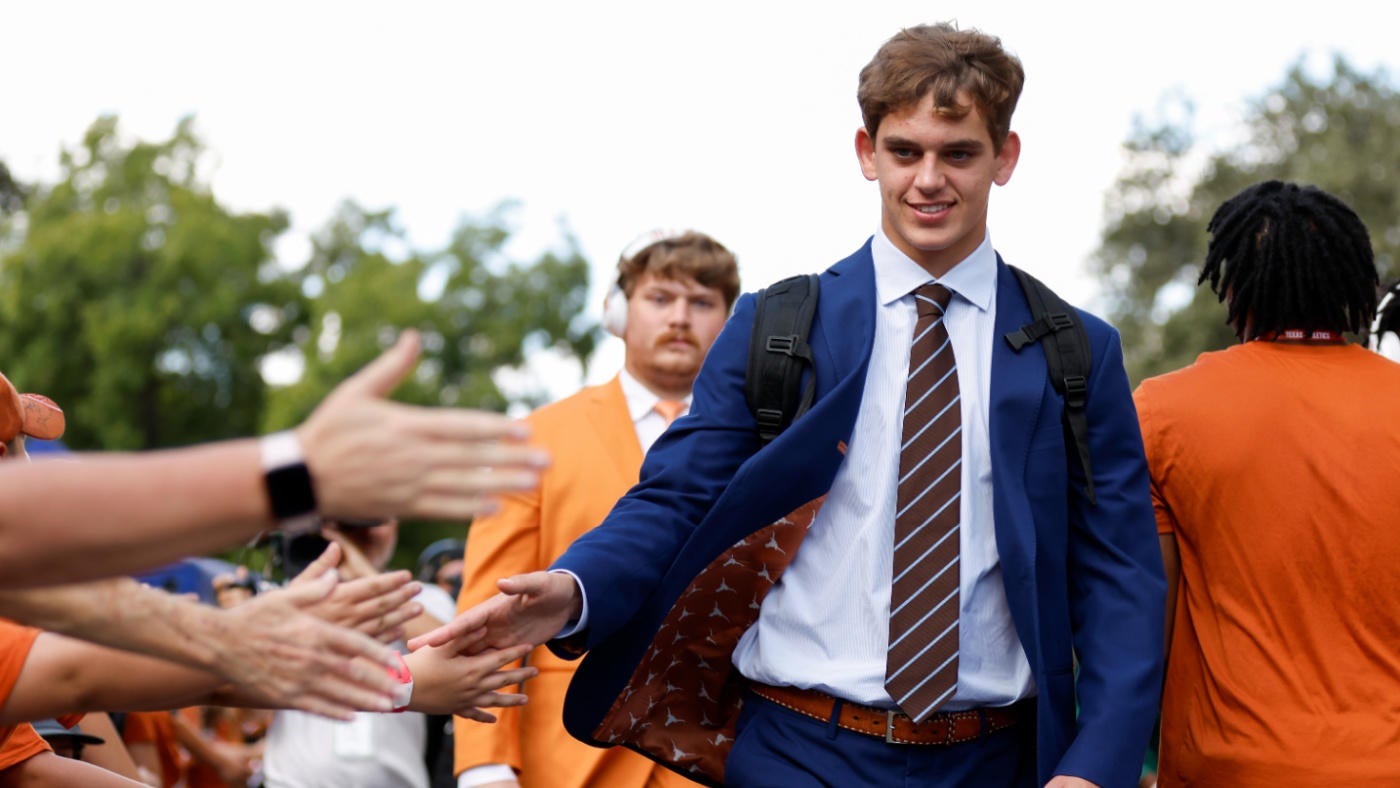Jacopo Venturini, chief executive of Valentino, has a message that he wants to get across: “There is no magic formula. To me, it doesn’t exist.” The company is in the midst of a transformation that includes a new creative direction led by former Gucci star designer Alessandro Michele.
Venturini and Michele are a tried-and-tested team, having worked together at the Kering-owned brand for four years. At the time, Venturini led Gucci’s merchandising. (Kering also bought a stake in Valentino from Qatar’s Mayhoola in July 2023, and has the option to take full control of the house by 2028.

) For some, that raises the question of whether Venturini is attempting to recreate the sparkle from his time at Gucci, when the brand took a more fashion-forward approach, with buzzy accessories and gender-fluid styling that proved a hit. Its sales more than doubled from €3.9 billion (US$4.
32 billion; S$5.62 billion) in 2015 to more than €10 billion in 2022. Operating profits more than tripled.
Much hinges on Michele’s official debut at Valentino, taking place via a show at Paris Fashion Week this month, to lift the fortunes of the Italian couture house, which saw a 3 per cent year-on-year dip in 2023 profits, at constant exchange rate, to €1.35 billion (a slump that Venturini attributes to the broader luxury slowdown). “What I can tell you is that in my experience, at any company I’ve been at, I did my job in a different way,” he says, from Valentino’s headquarters in Milan.
“The DNA of a company is much stronger than any formula.” The idea of harmony is a crucial part of Venturini’s thinking. When we meet in his circular office, filled with vases and handicrafts (curated to feel less corporate and more like a living room), Venturini is wearing a white tee under a blue striped shirt, its cuffs jutting out from under the sleeve of his jacket, and trousers in a shade of dark rose taupe.
Layers of jewellery hang from his neck and adorn his wrists and fingers. His style and overall demeanour is less that of a typical CEO and more akin to a film director. Born and raised in Milan (where his family has been based for generations), Venturini’s interest in clothes developed from a young age — but there was more to it than figuring out how to dress.
“I’ve always been fascinated by the identity of different brands,” he says. Familial expectations led him to study economics and business at the city’s Bocconi university. His first job was as a buyer for Italian department store La Rinascente, from 1995 to 1999.
His first encounter with Valentino was in 2000, when founder Valentino Garavani was still at the company; Venturini worked on the merchandising of men’s and womenswear as brand manager, until 2004. He then moved to Prada before returning to Valentino in 2008 as ready-to-wear collection and retail image director. In 2015 he left for Gucci.
“They called me at Gucci when Alessandro was named creative director,” Venturini recalls. “[It] was a great opportunity, but I decided to sign after I saw the [designs] of Alessandro. After I saw his first show, I wrote to [former Gucci CEO Marco] Bizzarri: ‘I’m coming, he’s a genius.
’ I was excited by the way he was looking at Gucci in what I thought was the real essence of [the brand] in the ’70s, the period in which they started going towards [ready-to-wear] clothes and lifestyle.” Now at Valentino for the third time, Venturini, who was appointed CEO in 2020, wants to do things differently, starting with a repositioning of the brand. “I would like Valentino to be positioned in the world of the maison de couture where it was born, in 1960, and where it still deserves to be.
” He also emphasises creating “a sustainable culture of the irresistible”. What that looks like, in practice, is a departure from the traditional show cycle in favour of “seasonless” collections that are “really meaningful”, says Venturini. Instead of staging four separate men’s and women’s ready-to-wear shows a year, and a couture collection twice yearly, the brand will present co-ed shows twice a year, in which the women’s and men’s collections will be presented together.
There will also only be one couture show a year. “The luxury system became too mechanical over the last 15 years and it’s probably due to the immense growth it has had,” reflects Venturini. “We don’t give the time to breathe between one expression of creativity and another.
I talked about that with Alessandro and the ways to give more space. So we made this decision, because it’s much better to do one great show.” Going co-ed is a shift that Michele also engineered when he was at Gucci.
When it was put in motion in 2017, the designer justified it by saying that unified collections allowed him time to be more thoughtful and reflected his gender-fluid approach to design. (In 2022, Gucci returned to showing separate collections). Other luxury houses have slowed down their pace: Ferragamo’s runways are currently co-ed; Balenciaga presents a couture collection yearly; and Maison Margiela’s ready-to-wear and couture shows are irregular.
A growing number of smaller independent fashion designers similarly stage a show once a year. Venturini is also rethinking Valentino’s points of distribution. Direct sales currently account for 75 per cent of the business; the goal is to grow that figure to 80 per cent.
He caveats that “co-operation” with selected wholesale partners remains vital because “they have a point of view that is very different to ours, and they see the entire market”. Since November 2022, Valentino has been rolling out new store concepts globally, with the aim of putting the customer first. The brand’s boutiques, now offering more intimate and exclusive areas reserved for private appointments, have “a more cosy and home-like feeling”, according to Venturini.
“At the same time, everything has to do with efficiency.” Changes such as improved stock management and back-of-house systems aren’t discernible to the public eye but are crucial in that they allow store advisers to spend valuable time with their clients, Venturini explains. He has also overseen training to make store staff more knowledgeable about a wider breadth of products.
“Clients are not interested if you are in charge of bags, or in charge of shoes. You have to know how to sell all the different categories.” He continues: “We are selling dreams, emotions and entertainment.
We can’t be mechanical in the way we do things.” Keeping Valentino’s long-standing customers happy is a priority. “We are quite resilient because we have a strong base of clients who are very loyal,” says Venturini.
That requires maintaining pricing stability (there have been some price increases due to rising production costs, he admits) and expanding product categories, including costume jewellery, to “complete the wardrobe of our clients”. Elevation remains top of mind; Venturini terminated the sub-label Red Valentino at the start of the year. To communicate Michele’s new vision, an advertising campaign will be rolled out in October when the designer’s first collection (a pre-spring 2025 lookbook with his first designs were unveiled in June) arrives in stores.
But there will be no erasing of Valentino’s past, says Venturini. Signatures such as the Rockstuds (square studs applied to bags and shoes, created in 2010 by Garavani and now the brand’s most recognisable motif) will remain — even if, in recent years, they have started to feel stale, in part because of rising counterfeits and an association with aspirational shoppers. “An iconic product should always stay,” Venturini asserts.
“It’s not easy to have a product that sells for 14 years, so we should defend it.” While ready-to-wear makes up the bulk of Valentino’s business, its accessories offering could be re-energised, he acknowledges. Will Michele be able to create the next Rockstud, whatever that may be? “For sure,” says Venturini.
“I am sure he will do that.” Kati Chitrakorn © 2024 The Financial Times..



















